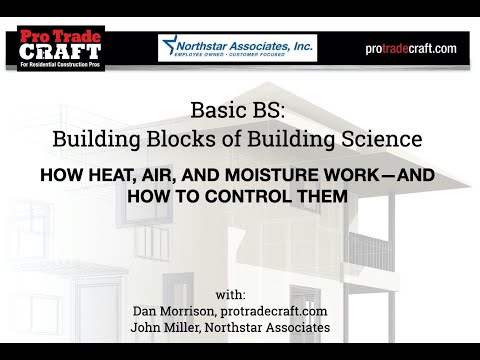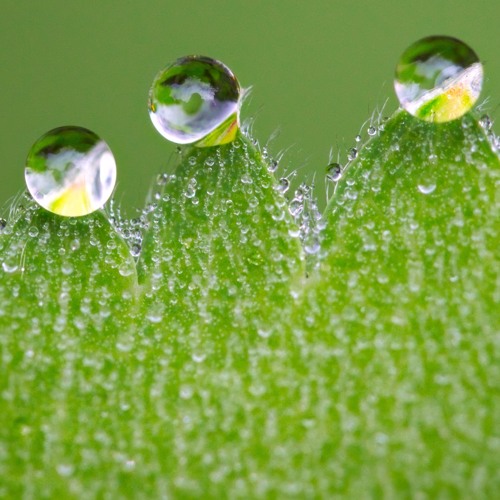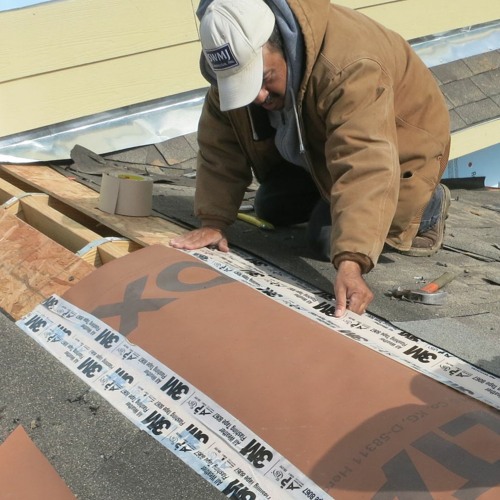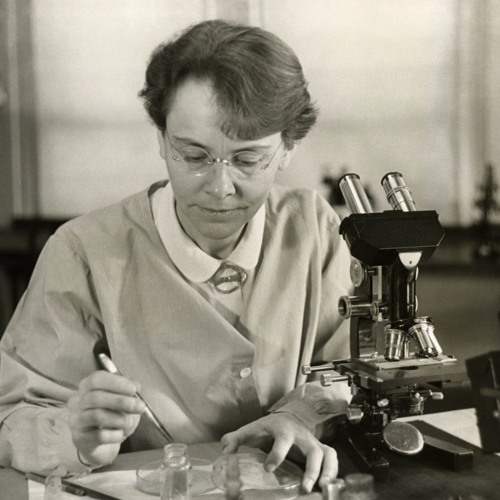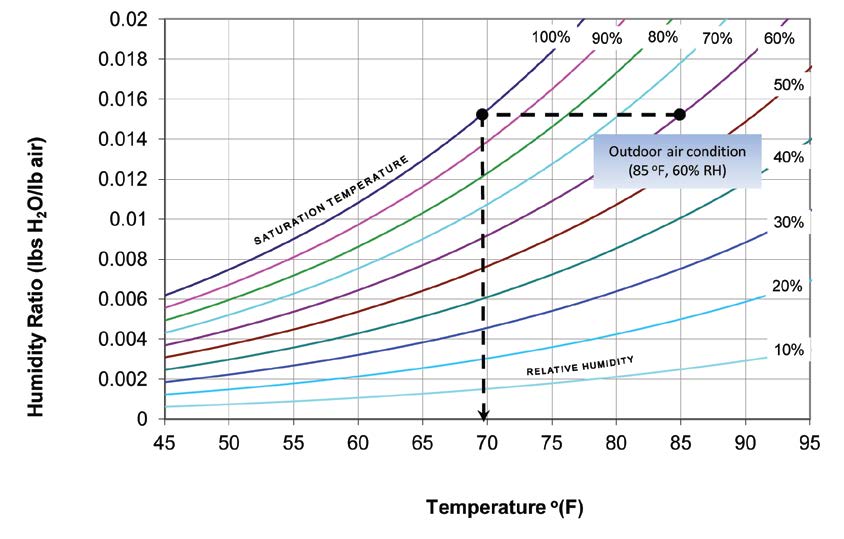Dr. Joe Lstiburek is a principal of Building Science Corporation, a leading source of applied building science information for the construction world. In this video, Dr. Joe explains how the second law of thermodynamics works, what it means, and why it matters. Hint: It's about the moisture.
There are actually four laws of thermodynamics, but we stopped numbering them after three. Because the fourth law was realized after they had already numbered the other three, and because the fourth law is necessary for the other three, and because they had already printed all of the textbooks, they called the fourth law of thermodynamics the zeroth law.
As if that's a thing.
The zeroth law of thermodynamics is that if a=b and b=c, then a=c; this is basically deductive logic.
The first law of thermodynamics is that energy can not be created or destroyed, only transformed into another state.
The third law of thermodynamics states that the entropy of a system approaches a constant value as its temperature approaches absolute zero, which is colder than 0 Celcius or 0 Fahrenheit.
The second law is the most important (for building professionals) and interesting one (for everyone).
The actual second law of thermodynamics:
"In an isolated system, a process can occur only if it increases the total entropy."
The problem is no one knows what this means. In college, they sometimes translate the second law of thermodynamics into "If energy is not added to a system, the system will tend toward entropy."
If you don't eat, you will die. If you don't throw another log on the fire, the fire will go out.
In building science terms, it means basically that heat goes from warm to cold. Because it is the law, and heat is a law-abiding entity.
Moisture also moves from warm to cold because it also is a law-abiding entity.
Moisture moves from more to less. Because.
Air moves from higher pressure to lower pressure. Because.
In buildings, the most important of these law-abiding entities is moisture because moisture's job is to turn buildings to mush.
Moisture, as stated above, moves from warm to cold and from more to less. Most of the time, these two mechanisms push moisture in the same direction. Occasionally, though, moisture "wants" to move in opposite directions. In these instances, "more to less" beats "warm to cold."
Predicting where the warm and cold places will be in a building or set of blueprints is relatively easy.
In general, moisture goes to the cold spots.
In winter, the inside is warm, and the outside is cold, so moisture tends to move from inside to outside.
In summer, the outside is warm, and the inside is cooler (if you have AC), so moisture tends to move from outside to inside.
In cold climates, it is not a good idea to place a vapor barrier on the outside of the insulation because it will be cold.
In hot climates—and especially hot, humid climates—it is a bad idea to put impermeable materials on the inside of the insulation, like plastic vapor barriers or vinyl wallpaper.
"Vinyl wallcoverings are vapor barriers; they cause mold in air-conditioned buildings. Except in Vegas."
(you can get away with breaking thermodynamic laws in the desert)
The same goes for epoxy paints or oil-based coatings. Large mirrors and pictures with glass on them can also act as vapor barriers, so they should be spaced off the wall to allow back ventilation.
Not having a vapor barrier at all is perhaps the best idea.
But that's another story.
